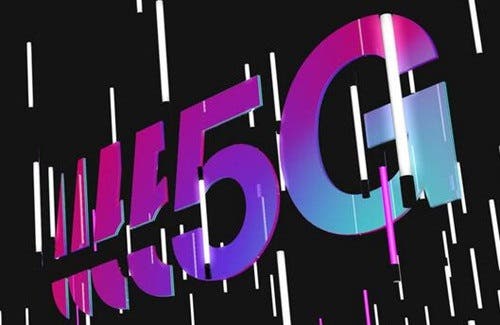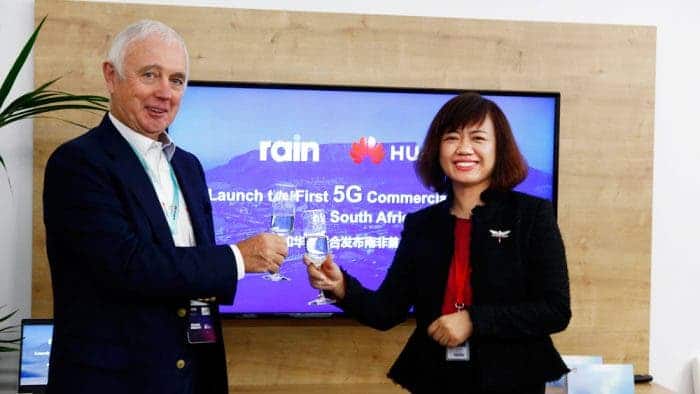When we talk about 5G development and adoption, Africa has one of the slowest adoption rates amongst the continents globally. Nevertheless, some countries on the Southern Hemisphere continent is on the speed lane. In collaboration with Huawei, Rain a South African carrier brought the future early. Yesterday, the carrier announced that it has jointly released the first 5G independent networking commercial network in Africa with Huawei.

Thanks to the end-to-end solution provided by Huawei, Rain’s 5G SA network currently covers Cape Town adjoining regions. These include Cape Town’s Sea Point, Claremont, Goodwood, Bellville, Durbanville, Cape Town City Centre, and other areas. With this network, Rain’s fixed wireless broadband access (FWA) service experience will significantly improve.
Rain collaborates with Huawei
Rain is Africa’s first commercial 5G network telecom operator, with the world’s top 3 5G FWA users. Since the release of the 5G network in November 2019, Rain currently has the most 5G spectrum and sites in South Africa.
“Standalone 5G will further improve 5G network performance with increased the uplink rate, lower latency, and improved reliability, ushering in high-end cloud VR and cloud gaming services, more diversified enterprise and home broadband services, ” said rain Chief Marketing Officer Khaya Dlanga.
The rain 5G SA network uses Huawei’s fully converged core network solution and Massive MIMO technology. This technical solution provides a good foundation for supporting 5G large bandwidth, low latency, and subsequent multi-slice application scenarios. It also ensures that end users are Bandwidth service requirements, such as AR/VR, 4K video, cloud games, etc.
“SA 5G will demonstrate how 5G is powerful in realizing South Africa’s 4IR future. Powered by Huawei’s world’s leading 5G solutions, our SA 5G will enable the industries ‘digital transformation in the future, such as smart healthcare, smart ports, smart mining, and smart manufacturing in South Africa. We will work with the trustworthy strategic partner to further expand our 5G networks and bring the best service and experience to our customers,” Khaya added.
What does a 5G independent networking commercial network mean?
For those who do not know, a 5G independent networking commercial network means 5G Standalone networking (5G SA). The 5G network comes in two forms, the Standalone network (SA) and the non-Standalone network (NSA). The Standalone network (SA) offers better speeds and uses 5G equipment from the scratch. However, it comes at a great cost. As for the non-Standalone network (NSA) network, it relies on existing 4G networks. It simply upgrades pre-existing 4G equipment and of course, its cheaper. Though it offers lower speeds, it is more common in the world presently.





